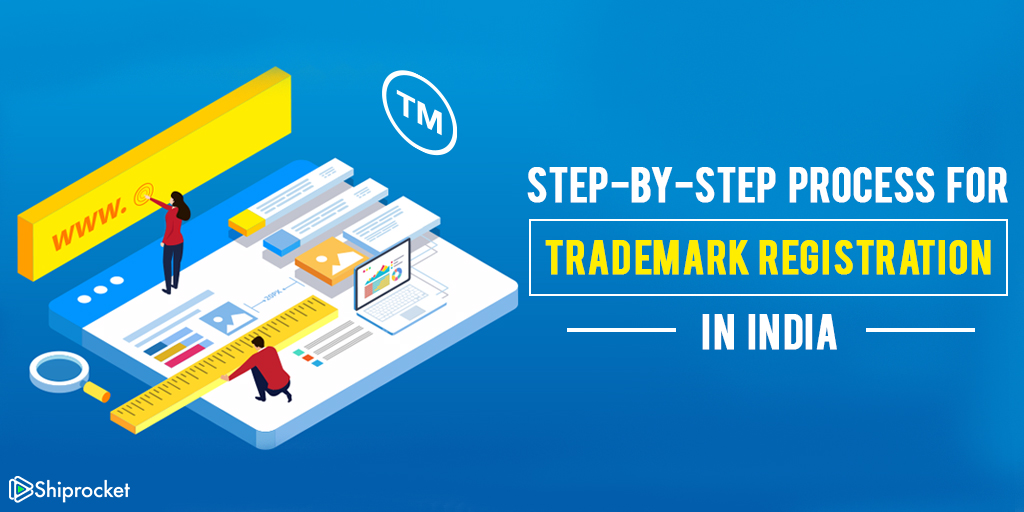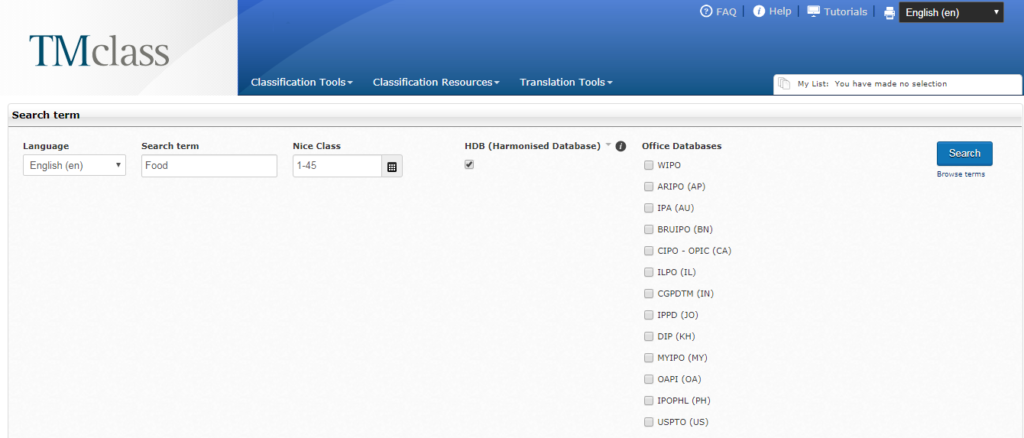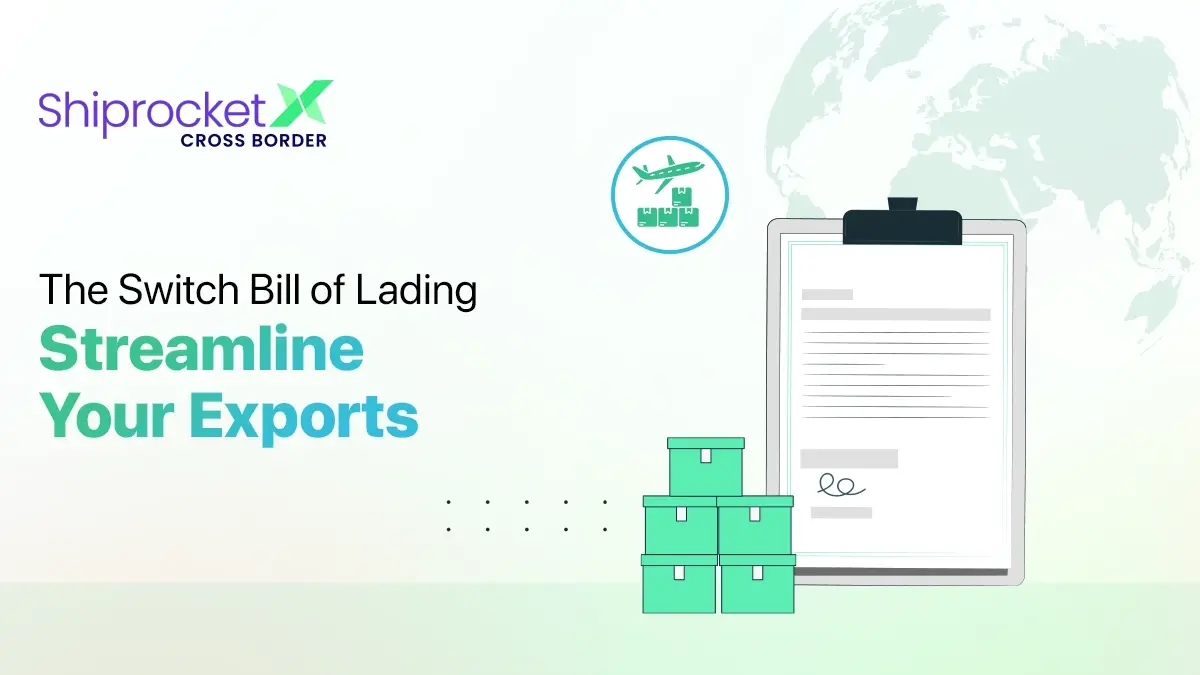The Ultimate Guide To Online Trademark Registration In India
Having your own company is fun but building a brand is what requires real hard work. You have to put in a lot of thought to come up with a brand name and ways to establish your identity in the market. But all this effort will be fruitless if you do not get it registered. A brand without registration is just an idea shared with the world. So going through the process, brand registration becomes imperative.
How do you get your brand trademarked? Let’s find out.
Before beginning with the process, it is vital to acknowledge the basics of brand registration and its importance.

What Is A Brand?
A brand involves various elements like a company name, product name, logo, etc. It must be an element that distinguishes your brand from others. Since this visual or name will eventually become the identity of your store, careful research and detailing can help you go a long way!
What Is A Trademark?
A trademark is a distinct symbol or name used to represent your brand. Once registered under your name, it becomes your business’s identity and cannot be used by any other company.
By trademarking your company’s name, you’re safeguarding your brand, its reputation, and all the hard work you’ve put into it. Although the trademark registration process can be time-consuming, it is crucial to protect your brand to avoid potential legal issues, such as an infringement lawsuit from a larger company.
Registering a trademark in India has become easier and more convenient through the IP India Portal. You can trademark various elements, including:
- Letters
- Numbers
- Words
- Graphics
- Phrases
- Sound Marks
- Logos
- Smells or colour combinations
The Trademark Registry came into existence in 1940, and the Trademark Act was introduced in 1999. The Registry is the administrative body that enforces trademark laws in India, ensuring adherence to all rules and regulations.
The main office of the Trademark Registry is located in Mumbai, with additional branch offices in Delhi, Ahmedabad, Chennai, and Kolkata. You can register your trademark under the Trademark Act of 1999, which is then entered into the Trademark Registry. During this process, the Registry ensures the trademark meets all the legal requirements before approving the registration.
Types Of Trademarks That Can Be Registered In India
Trademark registrations help consumers identify products and services linked to specific brands or providers. Let’s explore the various categories of trademark registrations available:
- Product Mark: This trademark is used on goods or products to identify their origin and maintain a company’s reputation. Trademarks under classes 1-34 usually fall into this category, as they apply to physical items.
- Service Mark: Service marks are for services rather than physical goods. They help distinguish service providers from one another. Trademarks in classes 35-45 are generally considered service marks.
- Collective Mark: This mark represents products or services associated with a specific group, such as an association or public institution. It allows members to protect and promote their goods and services collectively.
- Shape Mark: Shape marks protect the unique shape of an item, making it easily recognisable to consumers as being from a particular manufacturer. The shape must be distinctive to qualify for registration.
- Certification Mark: These marks are issued to indicate certain characteristics of a product, such as origin, quality, or composition. They help assure consumers that the product meets established standards. Certification marks are common on packaged goods, toys, and electronics.
- Sound Mark: Sound marks are distinctive sounds associated with specific products or services. These can include sound logos or audio mnemonics often heard in commercials. A brilliant example is the IPL tune.
- Pattern Mark: These marks protect products with unique patterns that serve as distinguishing features. The pattern must be distinct and easily recognisable to be eligible for registration.
Who Can Apply for a Trademark?
Anyone who owns a trademark can apply for its registration. The name listed as the applicant on the Trademark Registration form will be recognised as the trademark owner once it’s successfully registered. This means individuals, companies, or LLPs (Limited Liability Partnerships) can all apply to register a trademark.
How To Register A Trademark For Your Brand?
Registering a trademark in India is handled by the Registrar Office of Trade Marks. Here’s a simplified guide:
Step 1: Finalise a Trademark
You must select a distinctive and unique mark that represents your company well. Moreover, you’ll also need to identify the class your goods or services belong to. It’s important to pick the correct trademark class in the trademark registration procedure.
There are about 45 classes: Classes 1-34 are for goods, and Classes 35-45 are for services.
Out of the 45 categories, opting for the correct class is essential as it directly affects the protection of your trademark for your business’s products or services. The right trademark class protects your brand fully in areas your business operates in. These are some commonly selected trademark classes in India:
- Class 9: This trademark class Includes computer software and electronics.
- Class 25: It covers clothing.
- Class 35: It relates to business management and advertising.
- Class 41: This one pertains to education and entertainment.
If your business operates in multiple areas that fall under different classes, ensure you register your trademark under each relevant class.
Step 2: Do a Trademark Search
Before applying, it’s smart to check if your chosen trademark is already in use. You can either hire a legal service to help with a detailed search and guide you through the process, or you can do it yourself on the Controller General of Patents, Designs, and Trademarks website using their public search feature.

Choose the class you want to search for and enter the details accordingly.

Step 3: File Your Application
You can file your trademark application using Form TM-A, whether it’s for a single class, multiple classes, series trademarks, or collective trademarks. Double-check all your details to avoid mistakes that could cause delays or rejection. Don’t forget to include a picture of the trademark (9×5 cm) and the required duplicates.
The filing fees are as follows:
- For large companies: ₹9,000 for e-filing or ₹10,000 for filing in person.
- For individuals, small businesses, or startups: ₹4,500 for e-filing or ₹5,000 for filing in person.
You can submit your application on the designated website, in person, or through an agent. Filing online is quicker, with instant confirmation, while filing in person might take 15-20 days for confirmation.
Step 4: Online Trademark Registration Procedure in India
To start with the online trademark registration procedure, you must first select and use a catchy, distinctive name that’s unlikely to be already registered. You can even get creative by coining new words or combining existing ones. Start preparing for the application by gathering and attaching important documents to your online application:

- Business registration proof (like PAN or Aadhaar for sole proprietors or company address proof for companies)
- A soft copy of the trademark
- Proof of claim if the mark is used in another country
- Power of attorney signed by the applicant
- Copy of Logo (Optional)
- Signed Form-48
- Incorporation Certificate or Partnership Deed
- Identity Proof of Signatory
- Address Proof of Signatory
- Submit Application: You can submit your application manually at major city offices or online through e-filing. Manual filing may take 15-20 days to receive an acknowledgment, whereas online submissions get instant acknowledgment, allowing you to use the ™ symbol.
- Application Examination: The Registrar will review your application to ensure it complies with the rules and doesn’t resemble existing trademarks.
- Publication in Trademark Journal: If everything looks good, your brand name will be published in the Indian Trademark Journal. If there’s no opposition within four months, your application will move forward.
- Handling Opposition: If someone opposes your trademark within fourth months, you must respond within two months. Both parties will present their cases, and a decision will be made on whether to accept or reject the trademark.
- Receive Registration Certificate: If there is no opposition, or if your application is accepted after a hearing, you’ll receive your Trademark Registration Certificate. You can use the ® symbol beside your brand name from this point.
Step 5: Check Application Status
After filing, you’ll receive an allotment number, which you may use to track your application status online. It usually takes 18-24 months to get the final decision. You’ll be informed whether your application is approved or rejected.
Step 6: Registration Validity and Renewal
Once approved, you’ll receive a Trademark Registration Certificate, making your trademark officially registered and protected in India for ten years. You can renew the registration indefinitely every ten years.
Registration Fees:
- Individuals: ₹10,000
- Companies: ₹15,000
Please note: A registered trademark in India protects your brand within the country and does not provide international protection.
Conclusion
Even though the registration process can be time-consuming, it is essential to run your business successfully. The government is making various provisions for small, medium, and large enterprises. Don’t delay this process any further and apply for a trademark today!






Thank you for this brief information about trademark registration